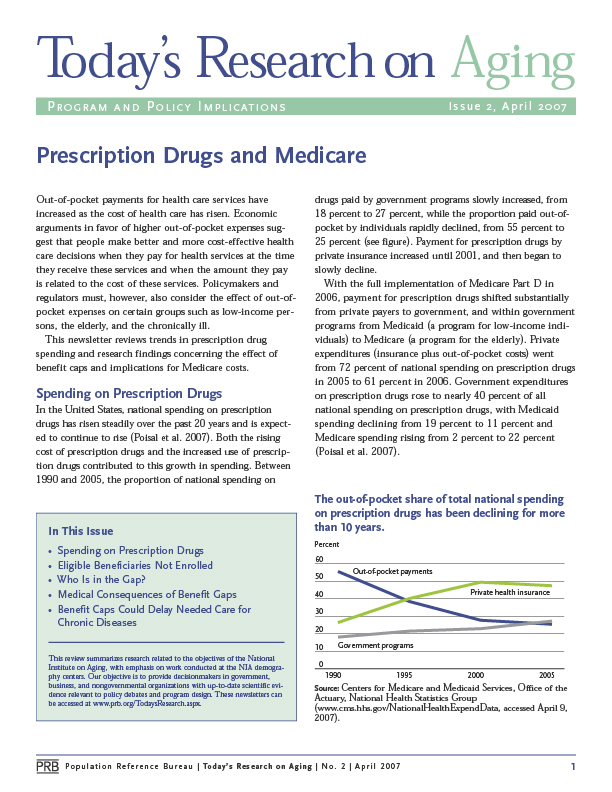Project: Center for Public Information on Population Research (CPIPR)
Webinar: How Women Became America’s Safety Net (PRB Book Talk)
A conversation with author Jessica Calarco on her new book, Holding It Together

Project: Center for Public Information on Population Research (CPIPR)
A conversation with author Jessica Calarco on her new book, Holding It Together

Project: Center for Public Information on Population Research (CPIPR)
Significant undercounts in the 2020 Census could have serious consequences for underrepresented groups and individual states.
(2011) Global food prices have been rising, threatening to reach record levels in the coming months if current trends continue.
(2001) The human papillomavirus is the most common sexually transmitted infection (STI) in the United States, with an estimated 24 million active cases and 5.5 million new cases each year, according to the National Cancer Institute. Various strains of HPV cause the great majority of cases of cervical cancer.

Project: Demography and Economics of Aging and Alzheimer’s Disease
(2007) Out-of-pocket payments for health care services have increased as the cost of health care has risen.
Malnutrition, defined as ill health caused by deficiencies of calories, protein, vitamins, and minerals interacting with infections and other poor health and social conditions, saps the strength and well-being of millions of women and adolescent girls around the world.

(2002) Overall child mortality declined significantly in the 1990s, but environmental hazards still kill at least 3 million children under age 5 every year.1 Such young children make up roughly 10 percent of the world's population, but comprise more than 40 percent of the population suffering from health problems related to the environment.2

Project: Center for Public Information on Population Research (CPIPR)
(2018) The prescription opioid painkillers that helped fuel the surge in U.S. drug overdose deaths were first approved by the Federal Drug Administration in late 1995.